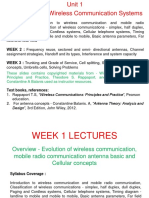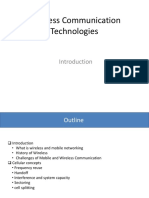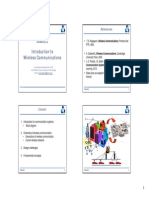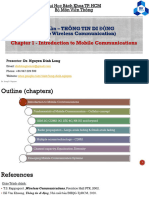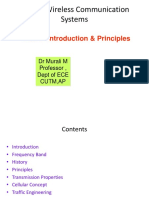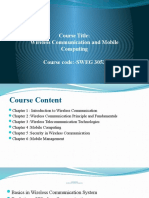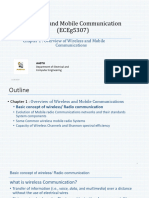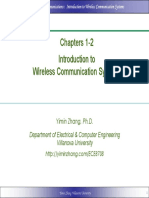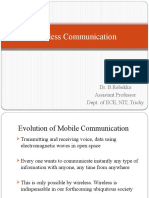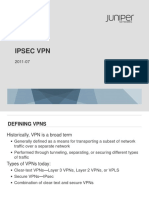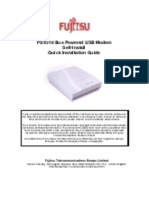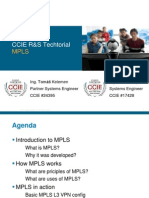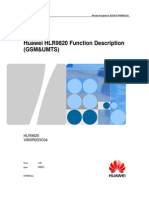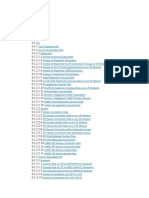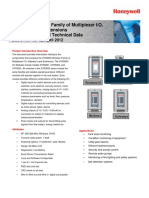0% found this document useful (0 votes)
86 views41 pagesIntro Network Mobile
The document provides an introduction and overview of wireless communications. It begins with definitions of key terms and a brief history of wireless technology. It then summarizes some of the major standards and developments in 1st, 2nd, 3rd, and 4th generation cellular networks. The document also discusses wireless standards bodies, spectrum allocation, multiple access techniques, and other fundamental concepts in wireless communications including modulation, duplexing, and the cellular concept.
Uploaded by
Lê ÂnCopyright
© © All Rights Reserved
We take content rights seriously. If you suspect this is your content, claim it here.
Available Formats
Download as PDF, TXT or read online on Scribd
0% found this document useful (0 votes)
86 views41 pagesIntro Network Mobile
The document provides an introduction and overview of wireless communications. It begins with definitions of key terms and a brief history of wireless technology. It then summarizes some of the major standards and developments in 1st, 2nd, 3rd, and 4th generation cellular networks. The document also discusses wireless standards bodies, spectrum allocation, multiple access techniques, and other fundamental concepts in wireless communications including modulation, duplexing, and the cellular concept.
Uploaded by
Lê ÂnCopyright
© © All Rights Reserved
We take content rights seriously. If you suspect this is your content, claim it here.
Available Formats
Download as PDF, TXT or read online on Scribd
/ 41

